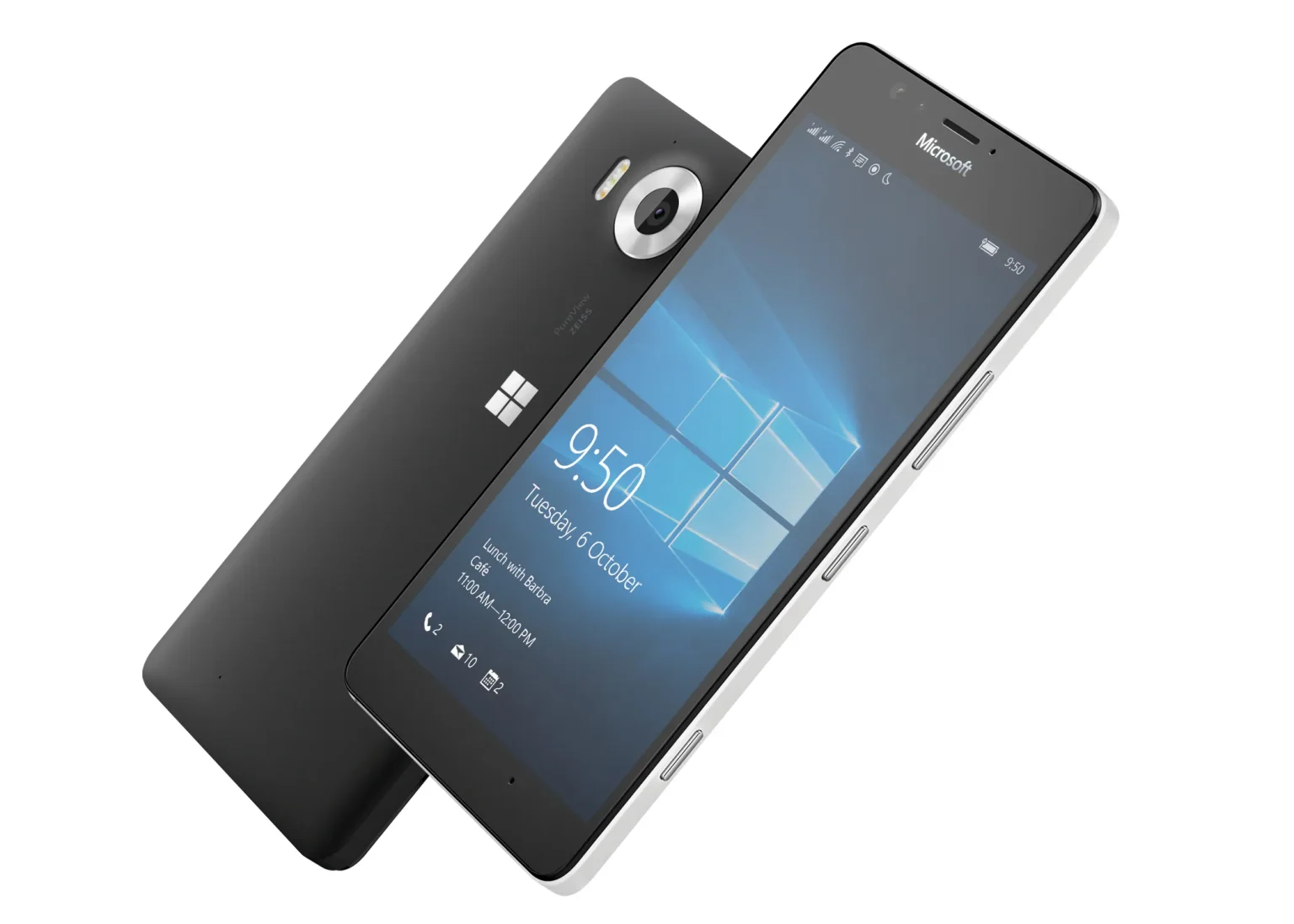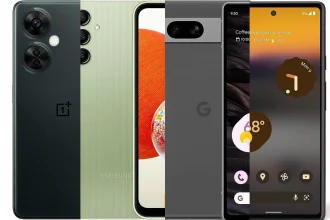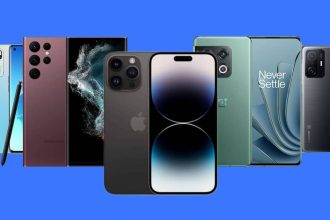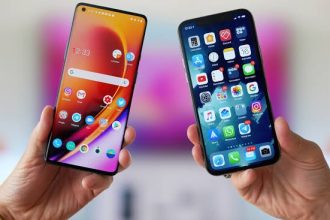Few initiatives in the history of mobile technology have generated as much interest and expectation as Microsoft’s Windows Phone smartphone launch. Windows Phone (discontinued), which debuted in 2010 as the replacement for Windows Mobile, offered a novel take on mobile computing with a simple, elegant design, easy connection with Microsoft services, and an emphasis on ease of use and productivity. But despite its early promise and cutting-edge features, Windows Phone (discontinued) eventually met an unfortunate end, leaving a legacy that appeals to both industry watchers and fans.
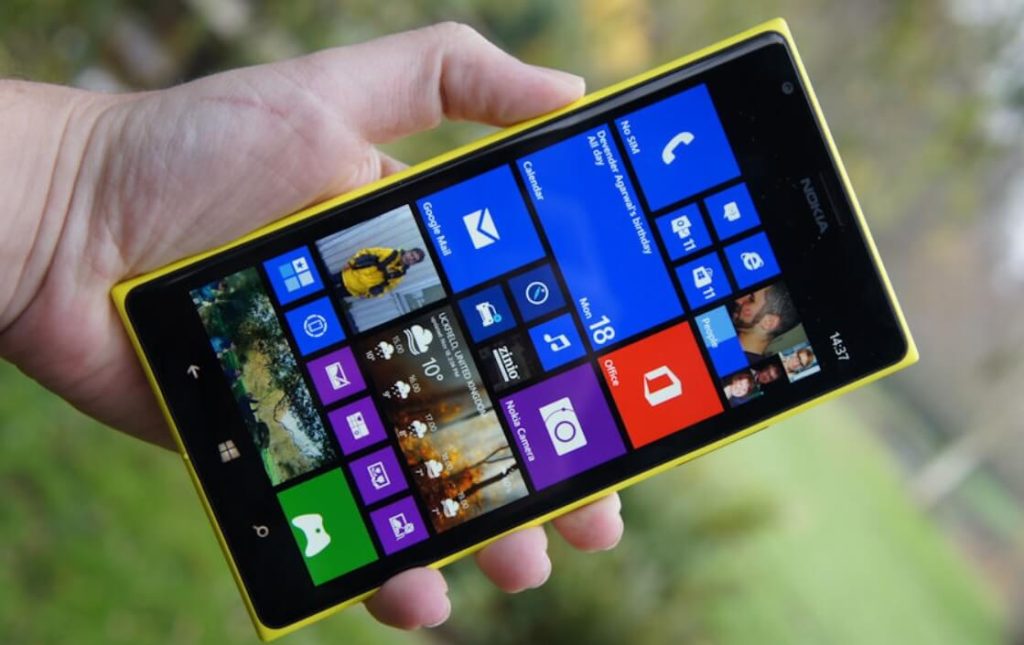
Ascent of Windows Phone (discontinued)
The announcement of Microsoft’s foray into the smartphone market was eagerly awaited. Windows Phone (discontinued) was a radical break from the norm during a period when Google’s Android and Apple’s iOS ruled the mobile market. Windows Phone (discontinued) provided a welcome change from the cluttered interfaces and grid-based iconography of its rivals with its unique Metro design language, live tiles, and user-friendly interface.
Windows Phone’s close integration with Microsoft’s suite of services and products, which includes Office, Outlook, OneDrive, and Xbox, was one of its primary selling factors. Users were able to easily access their files, emails, and multimedia content on numerous devices because of this seamless connection, which increased convenience and productivity.
Windows Phone (discontinued)’s Development
Microsoft added additional features, enhancements, and upgrades to the Windows Phone platform throughout time to improve user experience. Windows Phone has always been praised for its smooth operation, sophisticated appearance, and cutting-edge features like Cortana, the virtual assistant, and the dynamic live tile interface.
Windows Phone found it difficult to take off in the fiercely competitive smartphone industry, despite its advantages. Although the platform saw considerable success in certain areas, especially in Europe, it was unable to gain traction in important markets where iOS and Android were the dominant platforms, such as the US and China.
Explore More World of Top Smartphone Brands: Unveiling the Elite Seven
The Difficulties Windows Phone Faces
The following were some of the elements that made Windows Phone (discontinued) difficult to use when it was on the market:
App Environment
Windows Phone’s poor app environment was one of its main drawbacks. In terms of software diversity and availability, Windows Phone trailed behind iOS and Android, even with efforts to woo developers and draw popular apps to the platform. Both users and developers found the platform less appealing as a result of its constrained app ecosystem.
Hardware Diversity
Windows Phone was restricted to a small number of hardware partners, mostly Nokia (later acquired by Microsoft), in contrast to Android, which operated on a wide range of devices from diverse manufacturers. In the Windows Phone ecosystem, this lack of diversity in hardware limited user choice and innovation.
Market Saturation
When Windows Phone was introduced, the smartphone market was already crowded out by well-known companies like Samsung and Apple in addition to an increasing number of Android producers. Even with its resources and experience, Microsoft still faced a significant obstacle in trying to break into this crowded industry.
Strategic Mistakes
With Windows Phone, Microsoft made several strategic errors, such as deciding to focus on the enterprise sector rather than consumer adoption and the disastrous acquisition of Nokia’s mobile division. Microsoft’s attempts to position Windows Phone as a competitive alternative to iOS and Android were weakened by these errors.

Windows Phone’s Decline
Microsoft formally declared the discontinuation of Windows Phone in 2017, capping its grand but ultimately futile foray into the smartphone market. The business decided to stop developing Windows Phones due to declining market share, poor sales, and a change in priorities to other products like office software, cloud computing, and artificial intelligence.
Although some devoted users and enthusiasts were disappointed by Windows Phone’s demise, Microsoft learned a lot from it as well. The company’s future mobile attempts, such as the creation of cross-platform apps and services and the incorporation of mobile capabilities into Windows 10, have been influenced by the lessons learnt from Windows Phone.
Windows Phone’s Legacy
Windows Phone (discontinued) may have become less popular, but its influence is still felt today in several ways. Other mobile operating systems have been affected and modern design trends have been influenced by the platform’s inventive design language and user interface features. Moreover, Microsoft’s experience with Windows Phone has influenced its strategy in the larger ecosystem of products and services as well as how it approaches mobile technology.
Windows Phone’s brief but significant presence in the mobile market serves as a reminder of the difficulties and complexities inherent in the rapidly changing world of technology, even though it may not have had the kind of success Microsoft had hoped for. The history of Windows Phone serves as a reminder of the value of creativity, adaptability, and fortitude in the face of change in the mobile industry.





